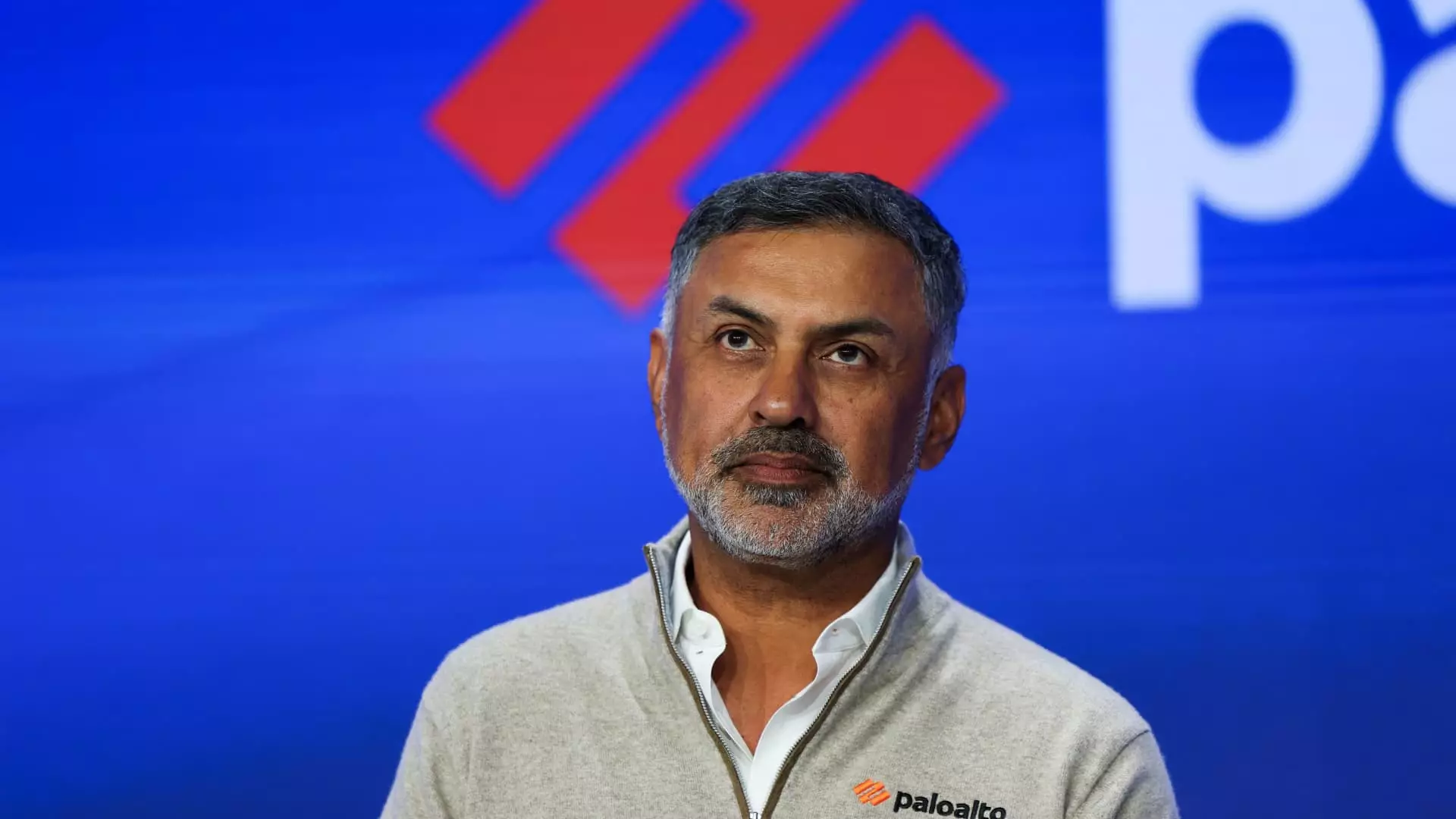Despite Palo Alto Networks’ recent impressive financial showing, a closer inspection reveals a disconnect between surface success and underlying vulnerabilities. While the company beat Wall Street expectations with a $2.54 billion revenue and an adjusted EPS of 95 cents, these accomplishments are clouded by a concerning decline in net income and the hype surrounding an otherwise promising outlook. In a climate where cyber threats continuously evolve, the company’s optimistic guidance seems more like a strategic tactic to reassure investors than a reflection of intrinsic resilience. It’s crucial to recognize that in the current cybersecurity landscape, appearance often masks deeper issues: from increased competition to the inherent complexities of maintaining innovation at scale.
Leadership Transition and Its Implications
The announcement of Nir Zuk’s retirement as CTO, though framed as a passing of the torch, underscores a significant transition for Palo Alto Networks. Zuk, as the founder, embodied the core technological vision that distinguished the company in a crowded market. His departure raises questions about the company’s future innovation trajectory. While Lee Klarich’s appointment might signal continuity, it also invites skepticism about whether a leadership change alone can sustain Palo Alto’s competitive edge. In a sector where product dominance is fragile, this leadership shuffle hints at underlying anxieties about the company’s ability to adapt swiftly to emerging cyber threats and evolving customer needs.
Strategic Ambitions and Market Realities
The ambitious $25 billion acquisition of CyberArk signifies a bold strategic move but arguably reflects an overreach that could divert focus from core competencies. Such mega-deals are often double-edged swords—offering potential for growth but also risking integration headaches, financial strain, and distracted leadership. Wall Street’s initial sell-off indicates investor apprehension about the company’s capacity to justify such an enormous expense. While the acquisition may eventually bolster Palo Alto’s product ecosystem, the current market sentiment suggests caution. It’s a reminder that aggressive expansion should be carefully balanced against the stability of existing offerings, particularly when cybersecurity firms operate in a landscape where trust and reliability are paramount.
The Illusion of Steady Progress in a Turbulent Environment
While the company projects an optimistic outlook, the reality is that cybersecurity companies like Palo Alto are increasingly vulnerable to external pressures—regulatory challenges, intensifying competition from startups, and rapidly shifting threats. The growth in purchase obligations signals strong demand, yet it can also indicate a reliance on backlog rather than real-time innovation. The fact that shares have not recovered previous highs highlights investor wariness—not just over current earnings, but over the company’s long-term strategic sustainability. It’s clear that Palo Alto’s current success should not be mistaken for an unassailable market position; rather, it exemplifies a fragile balancing act amidst an environment of constant upheaval and tightening scrutiny on corporate consolidation and innovation efficacy.

